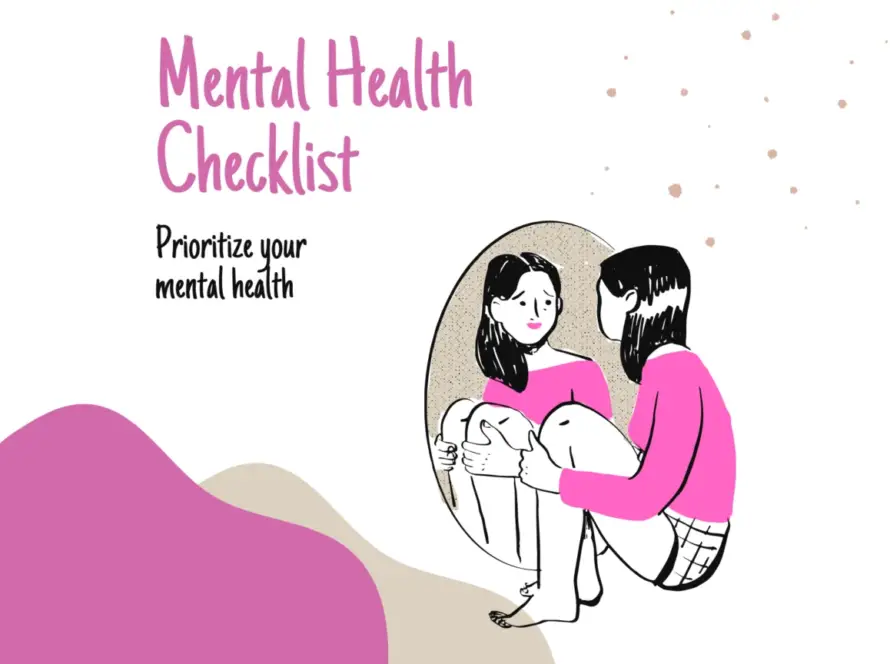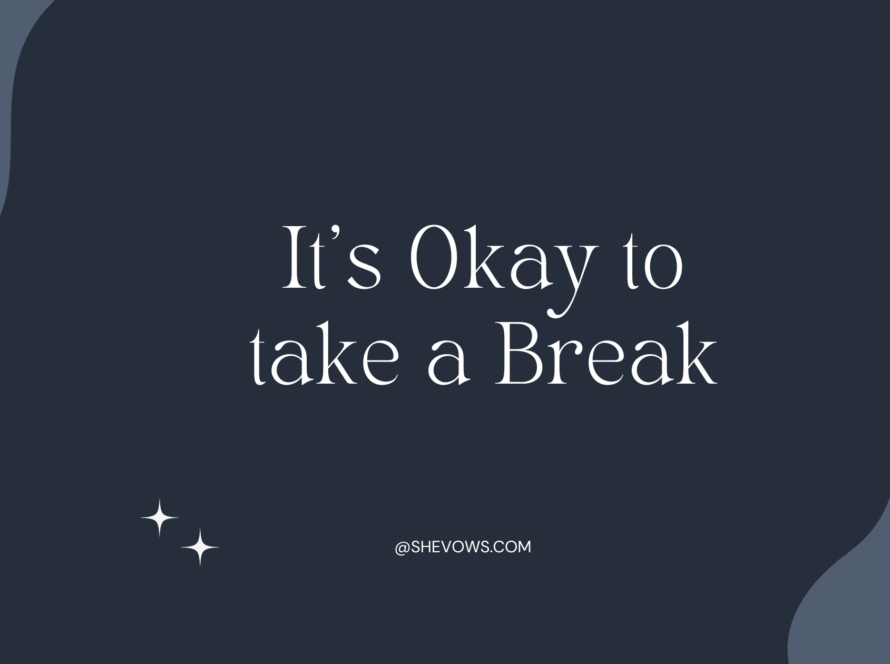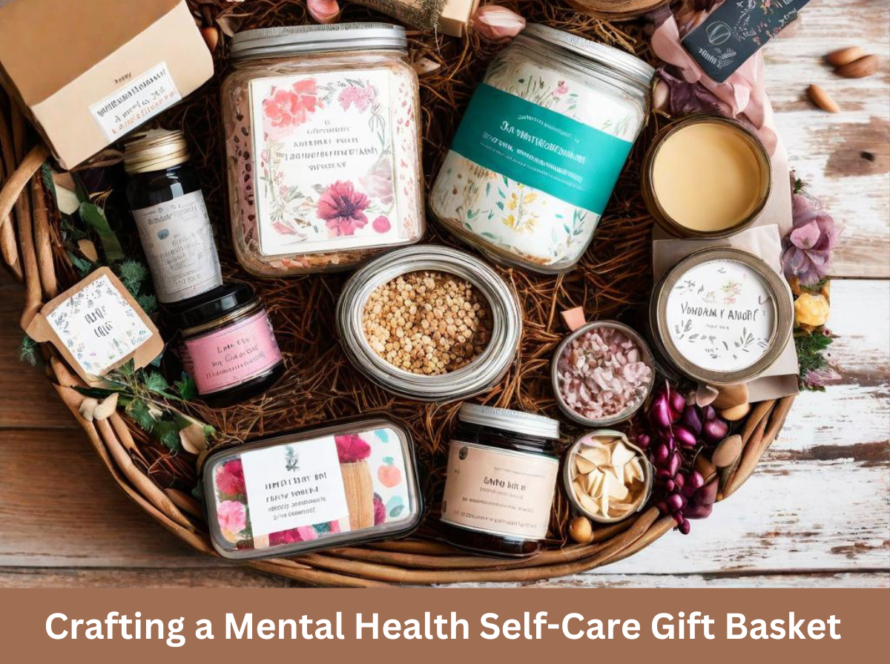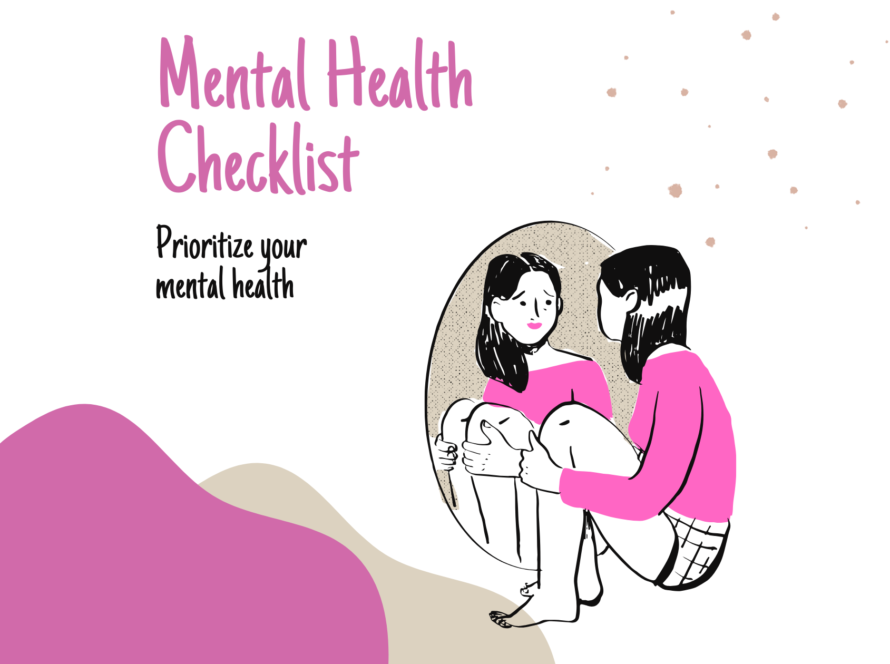What factors influence adolescent mental health?
Adolescence is a crucial period for developing social and emotional habits that shape mental well-being. Key aspects include adopting healthy sleep patterns, exercising regularly, and developing coping, problem-solving, and interpersonal skills. Supportive environments in the family, at school, and in the community play a significant role.
Risk Factors for Mental Health
Many factors can negatively affect mental health. Risk factors increase with exposure to adversity, peer pressure, and identity exploration. Moreover, media influence and gender norms can widen the gap between an adolescent’s reality and their aspirations. Poor home life quality, peer relationships, and experiences of violence, harsh parenting, or severe socioeconomic issues are notable risks. Some adolescents face greater risks because of their living conditions, stigma, or lack of access to support. This includes those in humanitarian settings, those with chronic illnesses or disabilities, pregnant adolescents, young parents, orphans, and those from minority or discriminated groups.
Emotional Disorders
Emotional disorders are common among adolescents. Anxiety disorders, including panic and excessive worry, are the most prevalent. About 3.6% of 10–14-year-old and 4.6% of 15–19-year-old experience anxiety disorders. Depression affects approximately 1.1% of 10–14-year-old and 2.8% of 15–19-year-old. Symptoms of depression and anxiety often overlap, including sudden mood changes.
Impact on Education and Social Life
Anxiety and depression can severely affect school attendance and performance. Social withdrawal can lead to increased isolation and loneliness. Depression, in particular, can lead to suicidal thoughts and actions.
Behavioral Disorders
Behavioural disorders are more common among younger adolescents. Attention deficit hyperactivity disorder (ADHD) affects about 3.1% of 10–14-year-old and 2.4% of 15–19-year-old. Conduct disorder, characterised by destructive or challenging behaviour, affects about 3.6% of 10–14-year-old and 2.4% of 15–19-year-colds. These disorders can affect education and may lead to criminal behaviour.
Eating Disorders
Eating disorders, such as anorexia nervosa and bulimia nervosa, often emerge during adolescence. These disorders involve abnormal eating behaviors and concerns about body weight and shape. Anorexia nervosa, in particular, has a high mortality rate because of medical complications or suicide
Psychosis
Psychotic conditions, marked by hallucinations or delusions, usually emerge in late adolescence or early adulthood. These symptoms can impair daily functioning and education and may lead to stigma or human rights violations.
Suicide and Self-Harm
Suicide is the fourth leading cause of death among older adolescents (15–19 years). Risk factors include harmful alcohol use, childhood abuse, stigma against seeking help, barriers to accessing care, and means of suicide. Digital media can both help and hinder suicide prevention efforts.
Risk-Taking Behaviours
Risk-taking behaviour, such as substance use and sexual risk-taking, often starts in adolescence. These behaviours can be unhealthy coping mechanisms and impact overall well-being. 13.6% of adolescents aged 15–19 engaged in heavy episodic drinking, with males at higher risk. Tobacco and cannabis use are also concerns, with many adult smokers starting before age 18 and about 4.7% of 15–16-year-old using cannabis. Violence perpetration can lead to low educational attainment, injury, crime involvement, or death, and was a leading cause of death for older adolescent boys.
Promotion and Prevention
Mental health promotion and prevention efforts aim to enhance emotional regulation, offer alternatives to risk-taking behaviours, build resilience, and foster supportive social environments. Effective programs use a multi-level approach with diverse delivery platforms, such as digital media, health or social care settings, schools, and community initiatives. Reaching vulnerable adolescents requires tailored strategies and broad accessibility.
“The greatest gift we can give our people is the ability to understand and nurture their own mental well-being, paving the way for a future filled with hope and resilience.”












